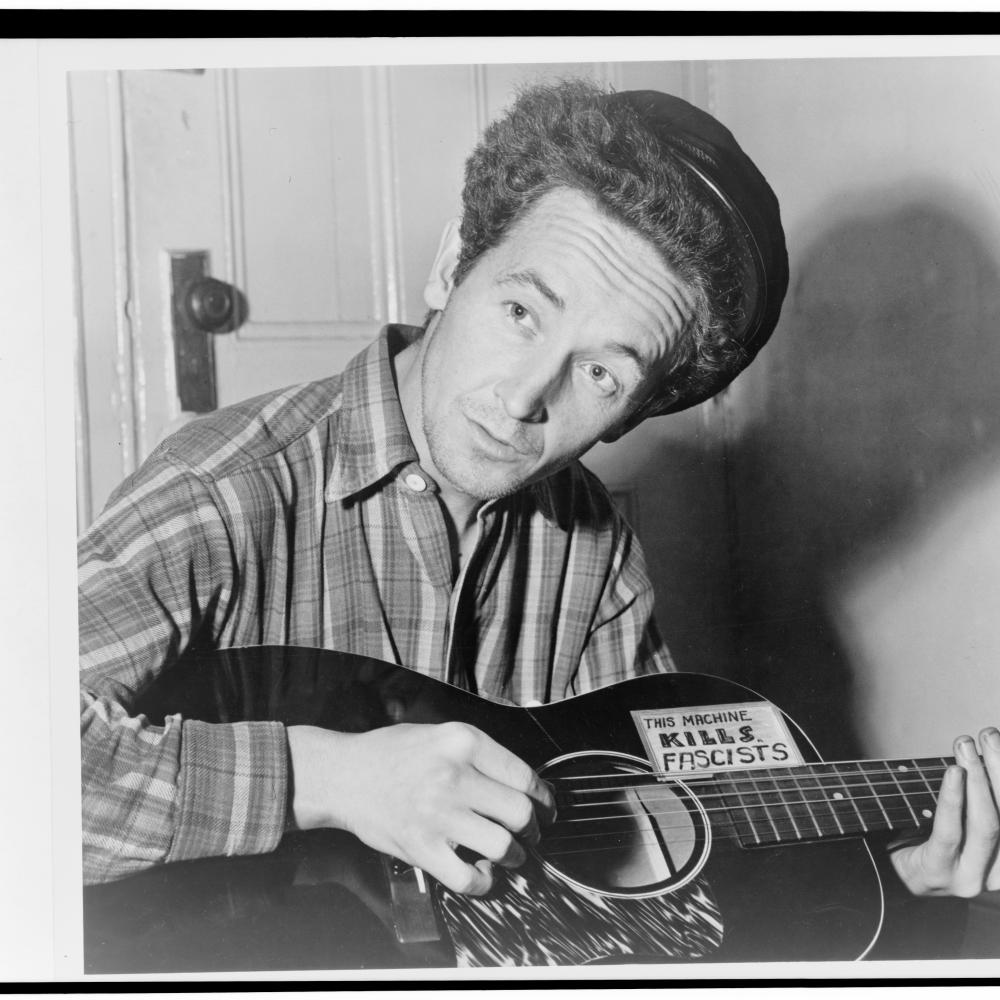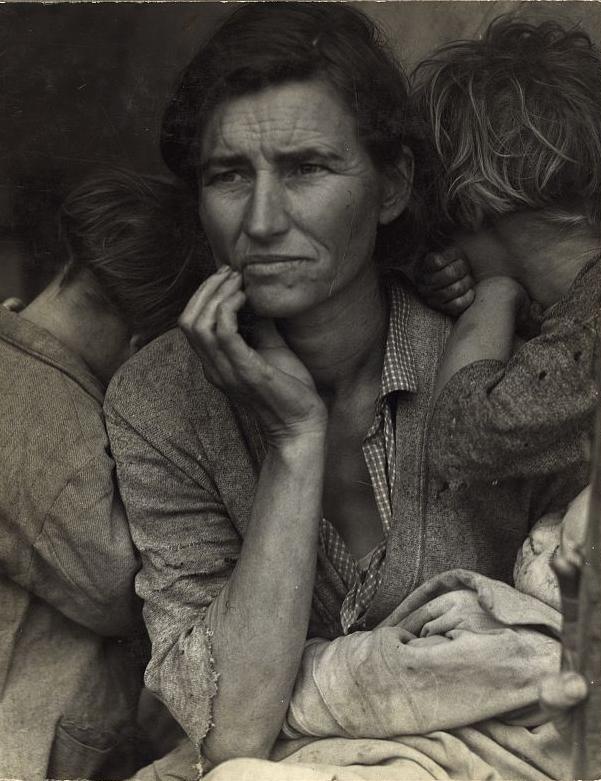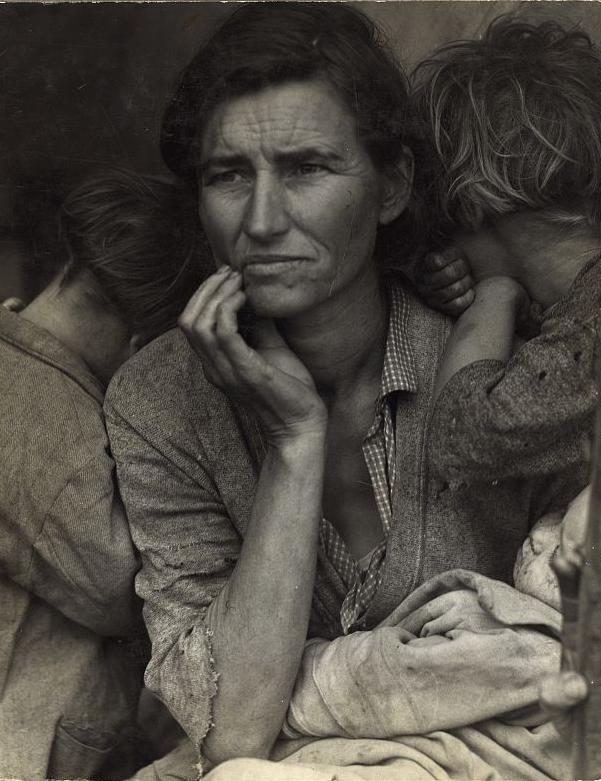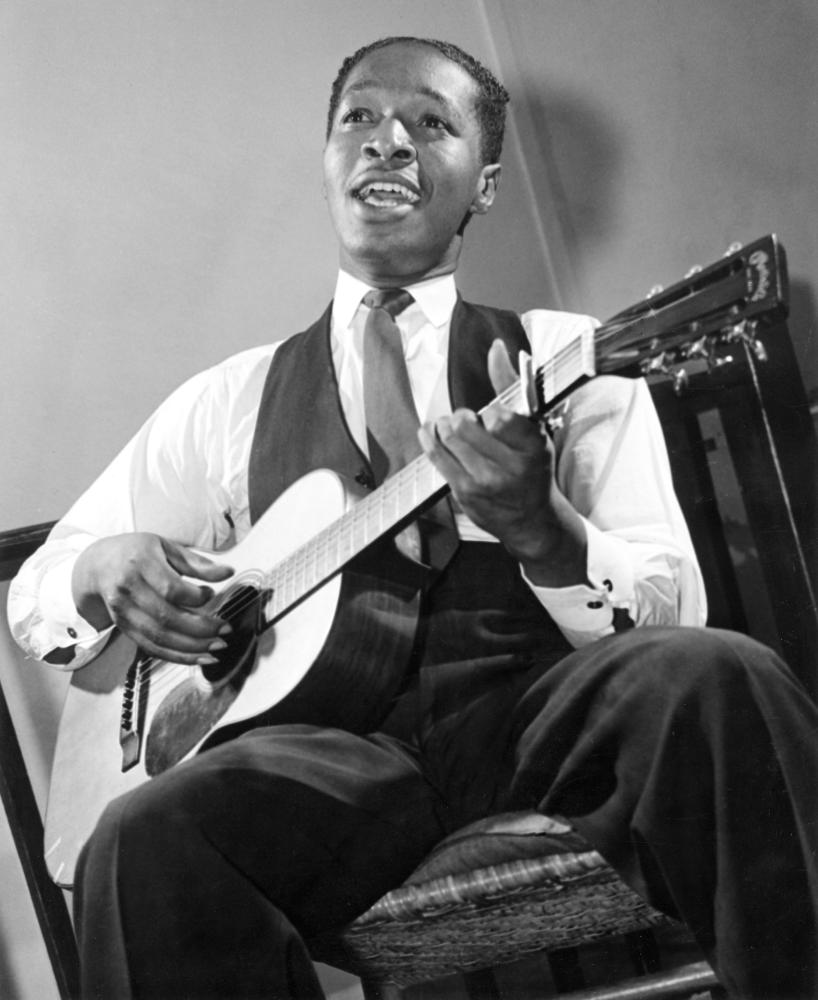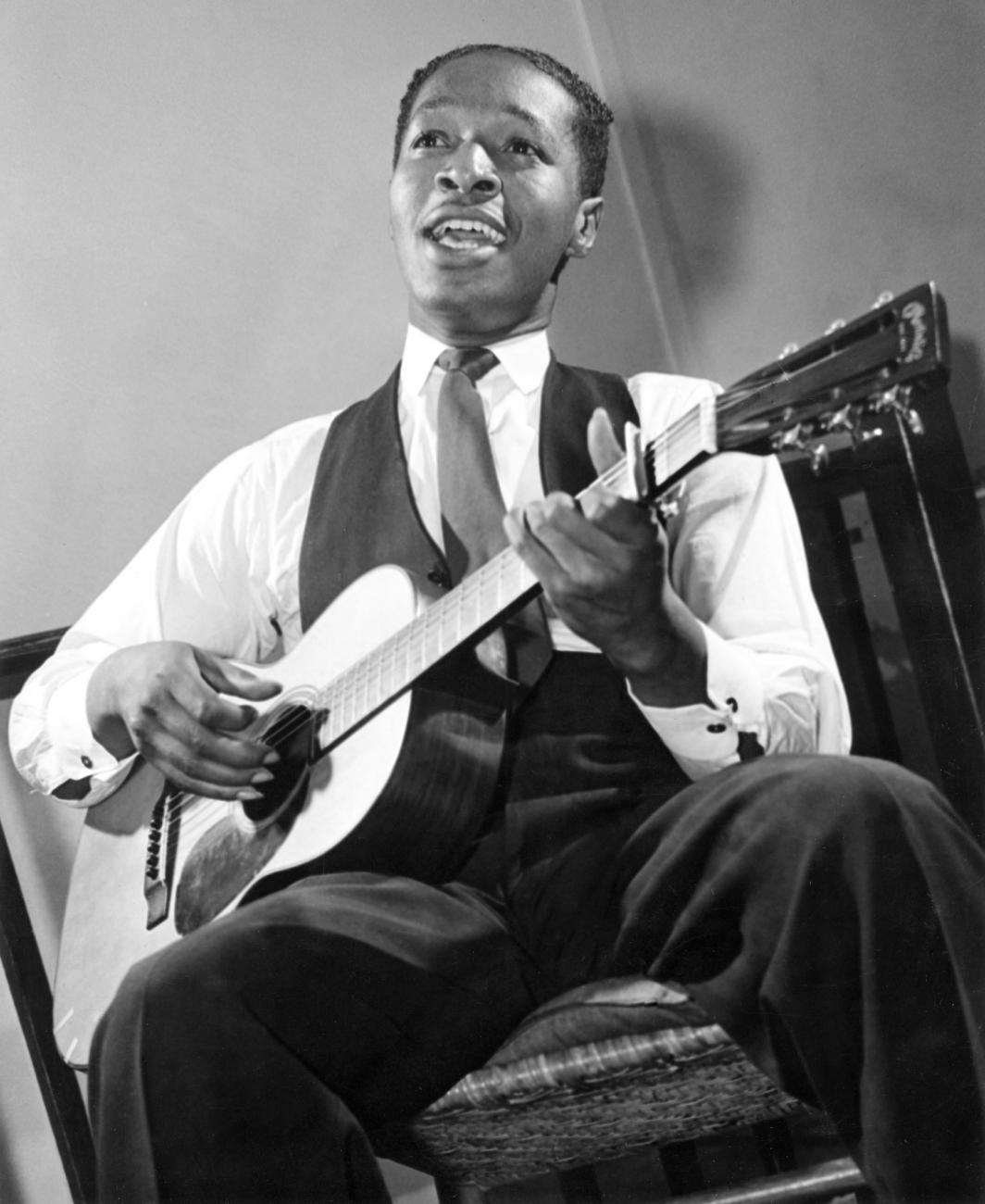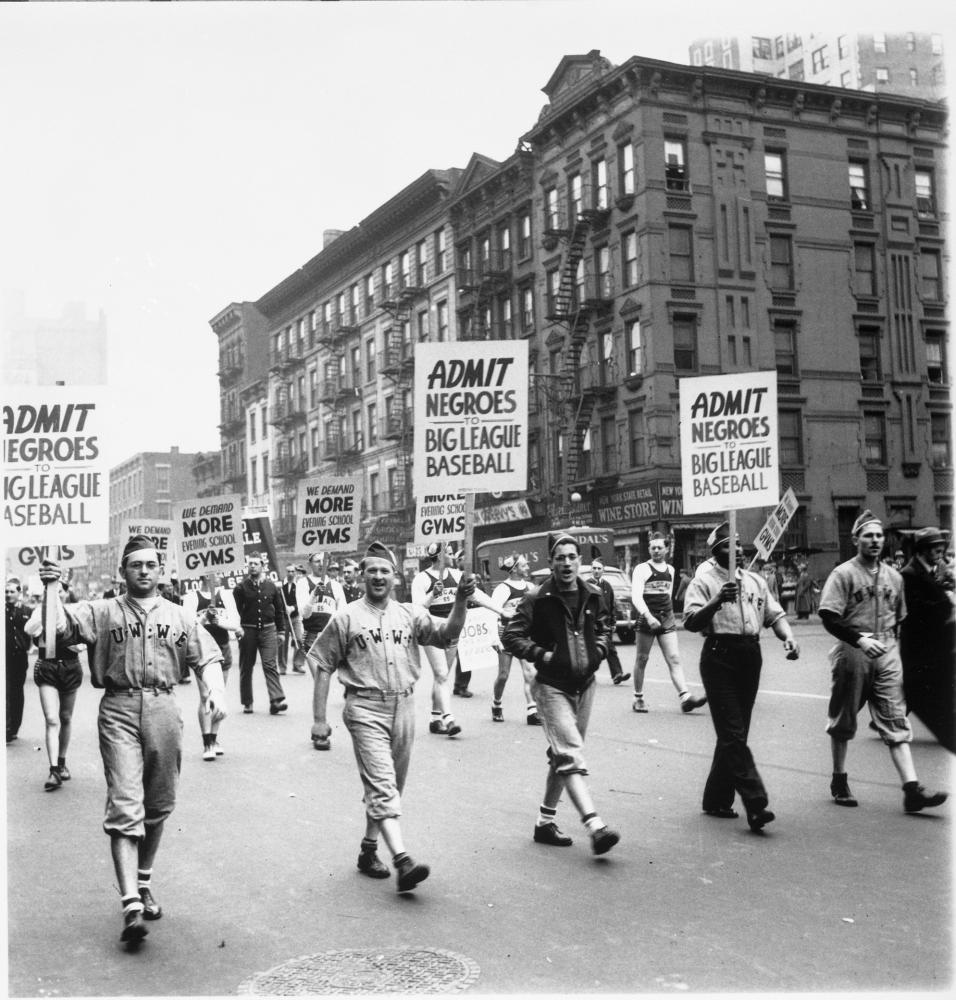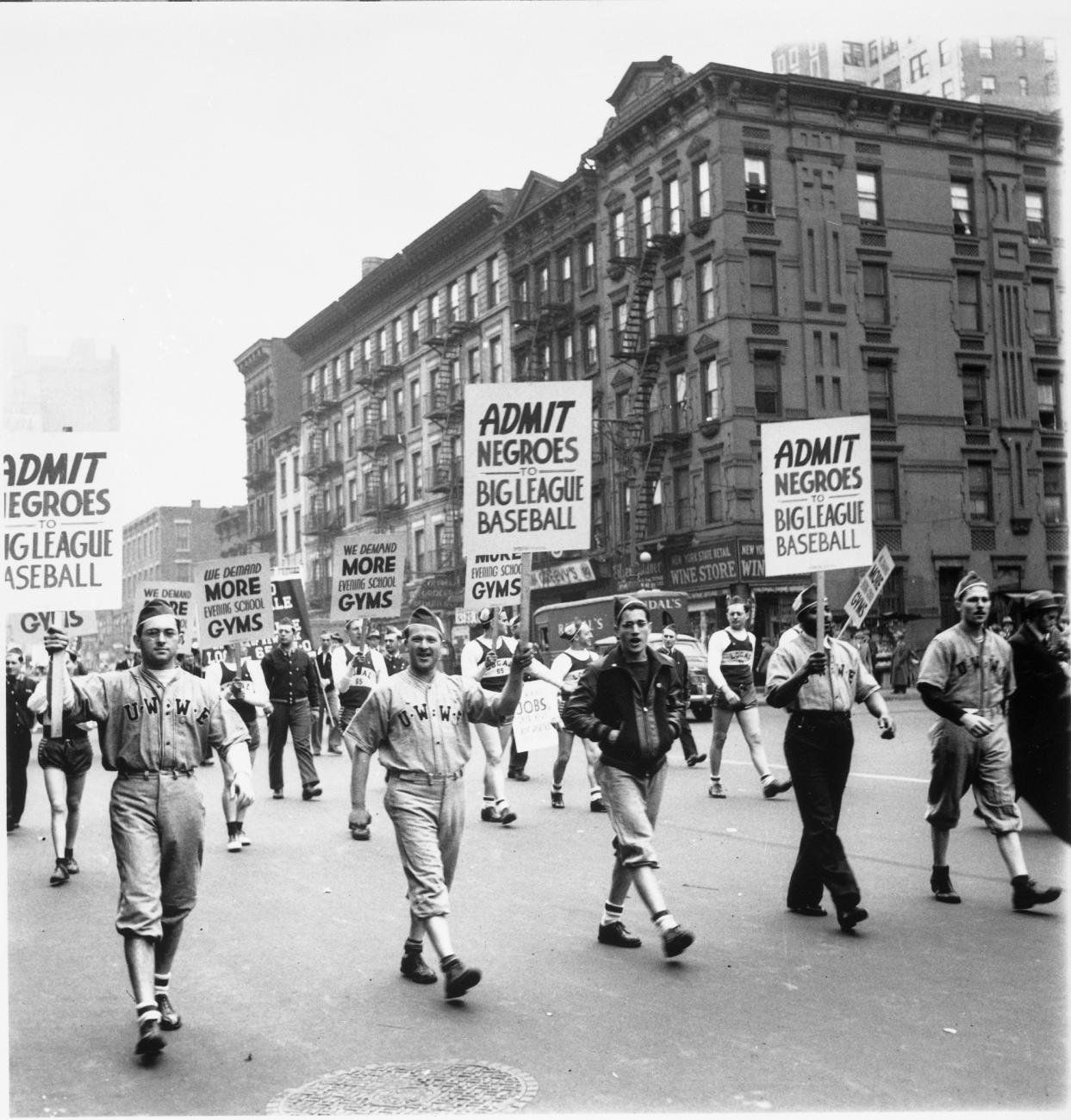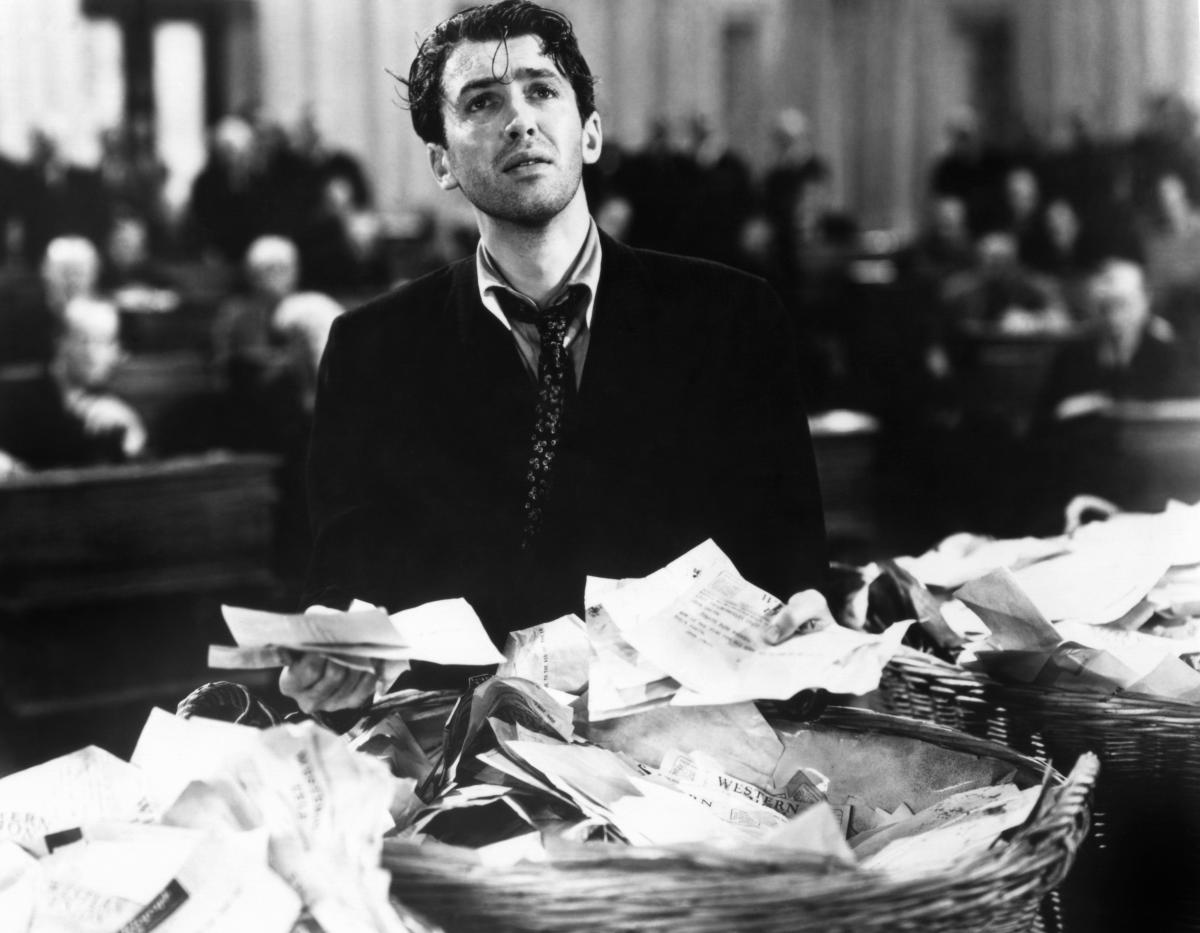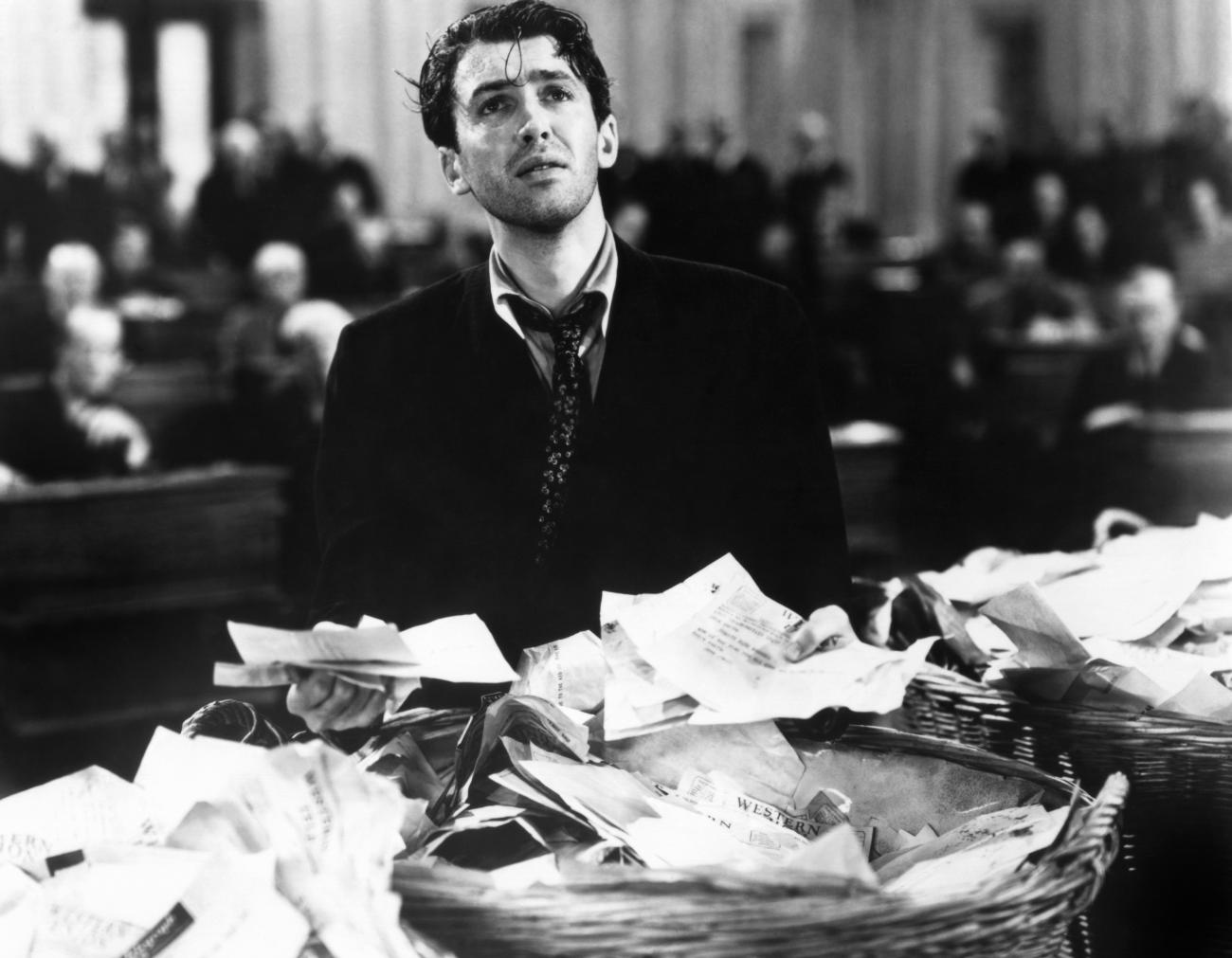Consider the words and images of the Great Depression that, alongside speeches by President Franklin D. Roosevelt, remain icons more than eighty years after the long slump began. “Once I built a railroad, / Made it run / Made it race against time / Once I built a railroad / Now it’s done / Brother, can you spare a dime?” In Yip Harburg’s lyrics, set to a Russian-Jewish lullaby, a beggar talks back to the system that stole his job. The man seeking a handout is everyman—once a farmer and a combat veteran as well as a construction worker. Then there is Dorothea Lange’s Migrant Mother (whose name was Florence Owens Thompson). Framed by two shy children, she reflects while she suffers, hinting that poverty can ennoble, even strengthen one who bears no responsibility for her plight. In The Grapes of Wrath, John Steinbeck crafted an epic about such figures, documenting the same dialectic between oppression and fighting back. “We’re the people that live. Can’t nobody wipe us out,” asserts Ma Joad in the prizewinning film John Ford made from Steinbeck’s best-selling book. “Can’t nobody lick us. We’ll go on forever, Pa. We’re the people.”
All these works were created by individuals active in the culture of the Popular Front, a vigorously democratic and multiracial movement in the arts and daily life that was sponsored but not controlled by the Communist party. Harburg was a leading member of pro-Soviet groups in Hollywood and penned dozens of songs that satirized racist lawmakers and Cold Warriors, which helped earn him a blacklisting in 1950. But he kept the Oscar he had won a decade earlier for writing “Over the Rainbow” for The Wizard of Oz. In 1935, Lange left a fairly comfortable life as a portrait photographer to join other artists of the Farm Security Administration, most of whom were on the left fringe of New Deal opinion. Her pictures of farmworkers from all regions and races appeared in Life and other mainstream outlets. The photos, according to her biographer, Linda Gordon, “not only challenged an entire agricultural political economy, but tried also to illustrate the racial system in which they operated—a system it also reinforced.” Steinbeck, who occasionally wrote words to accompany Lange’s images, had worked closely with the Communist party-led union of agricultural and packing workers in its vain but valiant attempt to bring democracy to the fields of California. His wife, Carol Henning, was a party member. When the state’s agribusinessmen and favored lawmakers tried to get The Grapes of Wrath banned from public libraries, Communist periodicals helped organize an anticensorship campaign to stop them.
To understand the fortunes of American communism during its heyday in the 1930s and forties requires a healthy taste for irony. On the one hand, the apostles of Lenin and Stalin yoked themselves to one of the bloodiest, most repressive regimes in history and the first one whose dictatorial nature mocked its own vision of a world run by working people. Yet the Communist party had a striking influence on American culture, although seldom in its own name. The influence of Popular Front culture endured long after the party had been banished to the crumbling margins of American politics. The number of renowned writers, filmmakers, entertainers, and artists who had traveled with the Communists during its heyday was quite remarkable, given the party’s modest size and electoral inconsequence. Party members wrote “Ballad for Americans,” “Strange Fruit,” “This Land Is Your Land,” Native Son, The Little Foxes, and Mr. Smith Goes to Washington. Artists who, while not members, had spent many evenings in the party’s milieu, created Citizen Kane, Death of a Salesman, “Fanfare for the Common Man,” For Whom the Bell Tolls, Yertle the Turtle, Invisible Man, and wrote the screenplay for Casablanca. Novelists in or close to the party had nine books at or near the top of the best-seller list from 1929 to 1945.
That we still view the Depression largely through images created by such figures suggests that the Left was more influential working through aesthetics than organization. Radicals achieved their only lasting triumphs during the years of the 1930s and forties by advancing a new common sense about larger social and moral questions: Who were the people? How did they want the nation to change? What did a commitment to equal rights require? As a young, left-wing critic observed in 1942, “It was the depression of the mind that from the first gave significance to the depression of society, for the impact of the crisis on culture was far more violent than its transformation of the social order.”
This new spirit brashly claimed the Left’s desire and need to claim America—its polyglot culture, its history, its productive might—for an expanded definition of the common people. Popular Front artists took up subjects and themes that went beyond the limits of New Deal politics. They hailed the progressive impulses of folk and blues musicians, fertilized a campaign against segregationist laws and practices that would flower fully a generation later, and made films that paid tribute to populist mass movements.
The very creation of a marketable genre known as “folk music” was due almost entirely to the Popular Front. From his office at the Works Progress Administration, Charles Seeger (father of Pete) wrote, “The folk music of America [has] embodied . . . the tonal and rhythmic expression of untold millions of rural and even urban Americans . . . the American people at large has had plenty to say and ability to say it.”
But the leftists who made a name for themselves by performing folk tunes had little interest in keeping their art pure from the seductions of commerce or the influence of other styles of music. Woody Guthrie started his career as a Dust Bowl migrant in California. But he moved to New York City in 1940 and recorded several albums of songs with political undertones for Victor Records, a major label. He also made a pilot for a one-man radio show on CBS, Back Where I Come From, which landed Guthrie dozens of appearances on national networks and on the stages of New York nightclubs. “They are giving me money so fast I’m using it to sleep under,” he marveled. His Okie-inflected radicalism turned out to be as marketable as any other cultural commodity.
The black singer Josh White also seemed to be an exemplar of the downtrodden masses. He grew up in South Carolina, the son of a Baptist minister who was locked away in an insane asylum for refusing to pay his bills. As a boy, White made a few dollars guiding blind bluesmen around the streets of Southern towns. "It was a life that no child should know," he remembered, "roaming the roads, never certain where I'd sleep, and almost always hungry. . . . But the music—and the songs and the guitar—somehow made up for everything." While still in his teens, White began recording blues and gospel for a number of labels that catered mainly to black people.
White’s first crossover hits wore his political commitments on their covers. In 1940, he recorded Chain Gang, an album of songs like those performed by black men in Southern prisons. His backup group included Bayard Rustin, a young Communist who soon broke with the party and became right-hand man to the civil rights leader A. Philip Randolph. The next year, White came out with a three-disk set entitled Southern Exposure: An Album of Jim Crow Blues. In the liner notes, the novelist Richard Wright (a Communist party member at the time) dubbed the music “fighting blues.” White went on to perform songs that touted union organizers and ones that blasted the segregated armed forces: “Airplanes flying ‘cross the land and sea, / Everybody flying but a Negro like me.” By the end of World War II, Josh White had become “the best-known black songster in the country.”
But he achieved that fame with a style better suited to a nightclub stage than to a rural juke joint or storefront church. White’s voice was sly and sophisticated, almost completely free of the intonations of the black South. During the 1940s, White performed regularly, as did Billie Holiday and Lena Horne, at Café Society, a club in Greenwich Village that was a mecca for white middle-class New Yorkers with left-wing sympathies. Billie Holiday closed most of her performances at Café Society with “Strange Fruit,” the antilynching ballad written by Communist Lewis Allan (whose real name was Abel Meeropol).
No white-led radical movement since the Civil War had staked as much as the Communists on a commitment to racial equality. The party never attracted many non-white members and had trouble holding on to those it did. But its constant assaults on racist laws and politicians earned the respect of black Americans who had no intention of joining. In 1945, two black sociologists observed, “The Reds won the admiration of the Negro masses by default. They were the only white people who seemed to really care about what happened to the Negro.”
The party’s rhetoric on race was not always a guide to its actions. Communists fought for civil rights the same way they fought for industrial unions and intellectual freedom: with one eye fixed steadily on the needs of the USSR. What did remain consistent was the party’s vision of a society that would encourage both racial equality and expressions of racial pride. A mass, sustainable civil rights movement did not emerge until the 1950s, when the party had all but vanished from political life. But the Popular Front helped put forth a new way of understanding race in America, and it was on such an understanding that the marriage of pluralism and equality depends.
Communists sponsored broad ad hoc coalitions on a variety of racial issues—from a federal antilynching law to voting rights to battling against fascism as a system of explicit race hatred. These efforts attracted a prestigious group of African Americans from the arts and entertainment. The roster included W. E. B. DuBois, Richard Wright, Paul Robeson, James Weldon Johnson, Josh White, Billie Holiday, Duke Ellington, Lionel Hampton, Ella Fitzgerald, and Lena Horne. According to one former radical organizer who knew the scene well, “75 percent of black cultural figures had party membership or maintained regular meaningful contact with the party.”
The advocacy of militant antiracism had its prophetic moments—particularly in the area of mass culture. In 1939, in New York and other big cities, the party launched a boycott of the movie Gone With the Wind, whose rosy depiction of the Confederacy clashed with histories of the Civil War era by DuBois and other radicals. A pro-Communist writer declared he “should like to take” the film’s producer David O. Selznick “out of his chartered skysleeper and rub his nose in the South of pellagra, of Jim Crow, of illiteracy, . . . of sharecroppers, of the modern Ku Klux Klan riding down unionists.” Although the boycott’s effect on the box office was minimal, it was the first major salvo in a debate over media images of black people and other ethnic minorities that continues today.
Communists had more success when they protested against the Jim Crow barrier in a form of entertainment older than film: Major League Baseball. Due to an unofficial agreement among team owners, no black player had taken the field with white ones since the mid-1880s. When he became sports editor of the Daily Worker in 1936, Lester Rodney resolved to abolish that tradition.
Cleverly, the young editor framed the campaign in the language of muckraking as well as principle: “The Sunday Worker will rip the veil from the ‘Crime of the Big Leagues’—mentioning names, giving facts, sparing none of the most sacred figures in baseball officialdom.” The strategy gained new readers as well as lavish praise from the black press. In return, Rodney reprinted similar features from such black weeklies as the Pittsburgh Courier—which further enhanced the credibility of his stand.
Over the next decade, the party pressed its case in a variety of venues. May Day paraders carried banners demanding integration of the sport; young Communists even picketed Yankee Stadium before a game. In interviews with Rodney, various Major League managers stated their support for abolishing the color bar. Paul Robeson, a former football All American, lectured baseball owners at one of their meetings: “The time has come that you must change your attitude toward Negroes.” Finally, in the fall of 1945, the Brooklyn Dodgers signed Jackie Robinson, a college graduate and army veteran, to a contract.
Just a few months later, Frank Sinatra lent his immense fame and talent to the antiracist cause. In a ten-minute film, Sinatra sang “The House I Live In” to a group of white street kids after he stops them from beating up a Jewish boy their own age. “What is America to me?,” the lyric asks. The answer is a small-town version of social equality: “The house I live in, . . . / The faces that I see, / All races and religions, That’s America to me . . . / The house I live in, My neighbors white and black . . . / A land of wealth and beauty, / With enough for all to share.” The film won a special Academy Award for “tolerance short subject.” But the studio’s tolerance went only so far. Sinatra was not allowed to sing the line about “neighbors white and black.” The lyricist, Lewis Allan (Abel Meeropol), protested the decision but failed to alter it. Both he and the composer, Earl Robinson, were party members.
Popular Front artists may have had their greatest impact creating features on the big screen. During the years of Depression and world war, at least 40 percent of Americans took in a movie every week. Much of what they saw had an earnestness and sentimental vigor that dovetailed with the ethos of the Popular Front. Of course, to know that certain American radicals had a big hand in shaping such profitable and now iconic movies as The Public Enemy, Frankenstein, Casablanca, The Wizard of Oz, Woman of the Year, and Mr. Smith Goes to Washington does not mean that audiences were consuming a left-wing sensibility along with their sodas and popcorn.
But in Hollywood as elsewhere, cultural Communists had a talent for making themselves useful and tilting the opinions of others their way. Communist party members and their close allies took the lead in forming the first independent unions of writers, actors, and craftsmen—and sponsored such groups as the Hollywood Anti-Nazi League, whose events drew thousands of participants and widespread media attention. Appearing under the aegis of Popular Front groups, such liberals as Katherine Hepburn, Humphrey Bogart, Orson Welles, and James Cagney spoke out for Republican Spain and industrial unions. The presence of such a broad alliance gave the political culture of the film world an unmistakable tinge of pink. No one in Hollywood objected when Howard Koch, the principal screenwriter of Casablanca, described Rick, the hero played by Bogart, as someone who “ran guns to Ethiopia” (which Mussolini’s armies invaded in 1935) and fought for the Spanish Republic or when Ginger Rogers, in a script for Tender Comrade, written by party member Dalton Trumbo, asserted, “Share and share alike, that’s democracy.” Later, the House Unamerican Activities Committee would blast that line as unpatriotic.
In their textual literalism, the Red hunters missed the more lasting influence of certain radical screenwriters. As with the emergence of folk music, films that embodied a spirit of left populism became a prime way to identify “the people” with the aims of the Left.
There is no better example of that than Mr. Smith Goes to Washington, directed by Frank Capra in 1939. The story adapted the traditional genre of a virtuous innocent who comes into conflict with a corrupt urban elite. Jefferson Smith, played by James Stewart, is a new appointee to the U.S. Senate from a rural Western state. When he learns he is only a “stooge” in an influence-peddling scheme run by a party boss, his venal colleague, played by Claude Rains, pressures him to resign. Instead, Smith mounts a solitary, twenty-three-hour filibuster to salvage his reputation and ends up exposing the plot to drive him from office.
Capra made other films with a populist flavor. But Mr. Smith is the only one that challenged the probity of a hallowed government institution. And it certainly incensed the keepers of the institutional flame. “The thing was outrageous,” declared James Byrnes, a powerful Democrat from South Carolina who attended the Washington premiere, “exactly the kind of picture that totalitarian governments would like to have their subjects believe exists in a democracy.” Senate Majority Leader Alben Barkley called the film “as grotesque as anything I have ever seen.” Lawmakers from both parties united in disgust, as did newspapers, which echoed the charge that Mr. Smith fit the propaganda about America spewed out by Hitler, Mussolini, and Stalin. Joseph P. Kennedy, then U.S. ambassador to Great Britain, offered to purchase all negatives of the film from Columbia Pictures for $2 million, in order to destroy them.
Capra was fortunate his critics didn’t know that Sidney Buchman, the film’s main scriptwriter, was a member of the Communist party. Buchman already had several popular comedies to his credit. But Mr. Smith was his first serious film, and he had to persuade the director to accept its strong Popular Front message. Capra knew Buchman had joined the party and, as a result, “mistrusted me terribly.” The scriptwriter argued that, with fascism on the march, they needed to emphasize “the spirit of vigilance which is necessary if one believes in democracy, the refusal to surrender even before small things.” Capra responded, “Go f— yourself with your theme.”
But he altered few of Buchman’s lines, and the film made Capra one of the most popular directors in the country. The left-wing Americanism expressed by Mr. Smith—sentimental, combative, and implicitly interracial—was little different from that sung about by Woody Guthrie and Josh White. But the film’s huge audience and numerous Oscar nominations helped make its species of patriotism one of the most ubiquitous legacies of Popular Front culture.
That didn’t save Buchman from suffering the same fate as most Hollywood Reds. In the early 1950s, he was blacklisted after appearing before the self-appointed arbiters in Congress of who was and was not unamerican. Buchman admitted his former membership in the party (he had resigned in 1945) but refused to name anyone else. Days later, underneath the dome of the Capitol, the House of Representatives found him in contempt of Congress. There was not a single dissenting vote.
Historians continue to battle over how to define the essential nature of the Communist party and the Popular Front. One camp argues that the party and its allies were, in FBI Director J. Edgar Hoover’s famous phrase, “masters of deceit.” Nothing they did mattered as much as their allegiance to a foreign power, and when that allegiance became a serious handicap during the Cold War, the party was finished. The other side protests that the brave and honest labors of millions of rank-and-file radicals should not be reduced to their fealty to a dictatorial regime—instead the focus should be on what the comrades did to further democracy and equal rights in their own land.
Both groups are correct. American Communists doggedly followed the lead of bloody tyrants and found reasons to rationalize their crimes. They should have heeded George Orwell’s warning that “the central problem—how to prevent power from being abused—remains unsolved.” Yet it is also myopic to dismiss the cultural achievements of party members and their “fellow travelers.” That tale was too essential to the history of their time and ours to be written in a tone either dark or light. As F. Scott Fitzgerald wrote in 1935, “the test of a first-rate intelligence is the ability to hold two opposed ideas in mind at the same time, and still retain the ability to function.”

